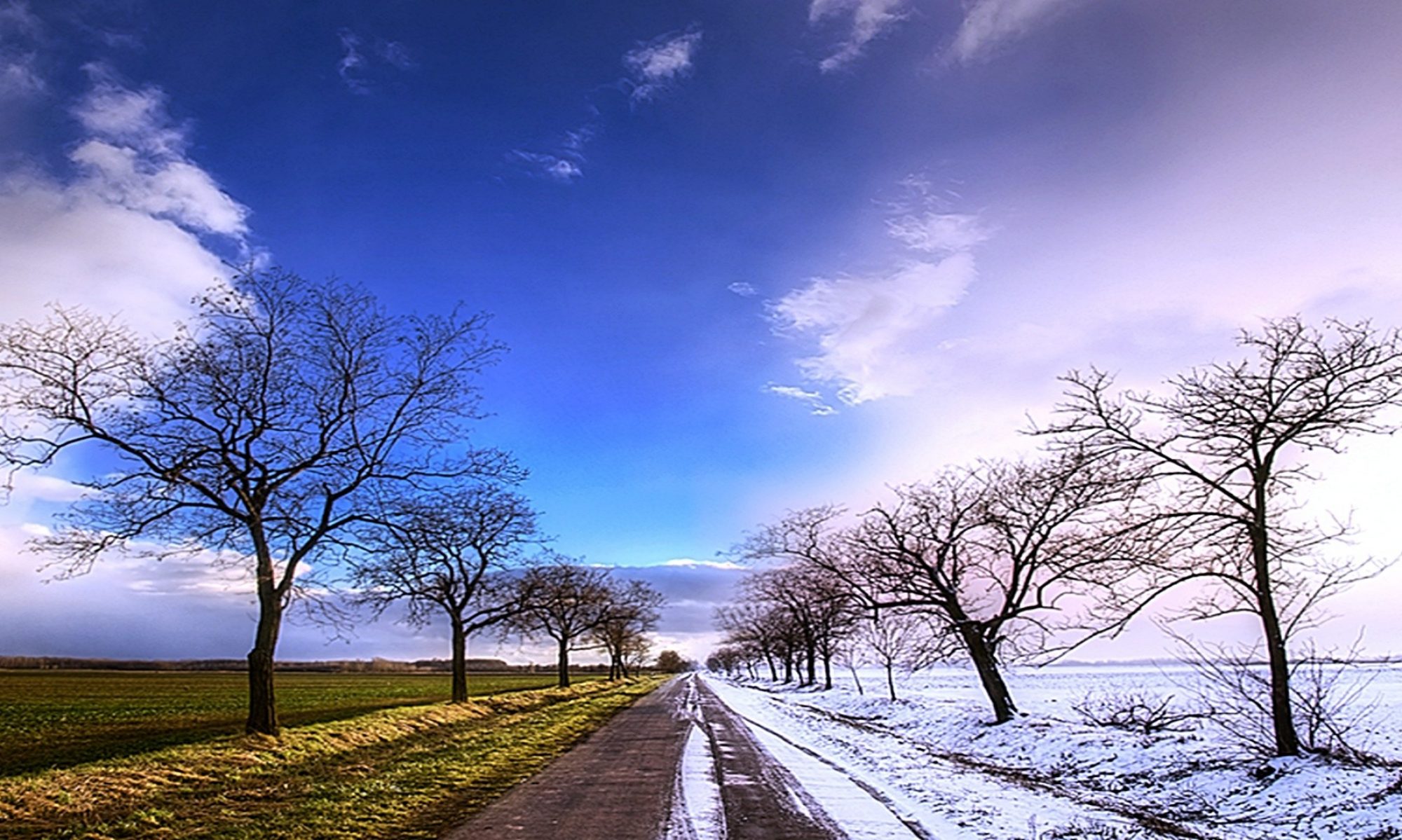Climate Solution
Nature is the sleeping giant in solving climate change.
Climate change is a global problem, and it requires solutions on a global scale. One of those is hiding in plain sight. Our lands provide an untapped opportunity – proven ways of storing and reducing carbon emissions in the world’s forests, grasslands and wetlands, or natural climate solutions as we call them.
More than 30% of the climate change goals that our world leaders established at the 2015 Paris Climate Convention can be achieved through the power of nature.
This means that nature-based solutions – such as stopping deforestation and restoring coastal ecosystems – can get us more than a third of the way to the emission reductions needed by 2030.
Let’s give nature back its power to protect us! Oceans, grasslands, wetlands, peat bogs, forests – when they’re destroyed, the carbon they hold is released into the air, and their ability to provide us with life-giving assets disappears. A huge part of our climate work, therefore, is continuing the work that we’re known for: saving nature.
These stories showcase the power of nature to solve climate change.
Maximizing Nature’s Role in Solving Climate Change
Tackling climate change isn’t just about changing how we produce and use energy. We must also maximize nature’s role.
Forest Carbon Science
Stay informed about the latest in climate change science on Cool Green Science.
This Decade’s Most Important Climate Solution
Read about how nature-based solutions are an essential piece of the climate puzzle. And nature’s time is now.
Mapping Ocean Wealth
Learn more about how our oceans and wetlands can help store carbon.
The Next Agriculture Revolution is Under Our Feet
We need to support innovation in soil health to meet the growing demand for food while strengthening the health of our communities, land, water and climate.
Not All Forestry is Carbon Equal
Learn about how forests clean our air, enhance water security and serve as the world’s oldest and most proven carbon storage technology.
The Forgotten Climate Solution
The land sector has the potential to deliver at least 20% of the climate solution.
Seeing the Forest for the Trees
See how we are helping loggers in the Berau District make changes that yield healthier local villagers and more intact forests sequestering carbon.
